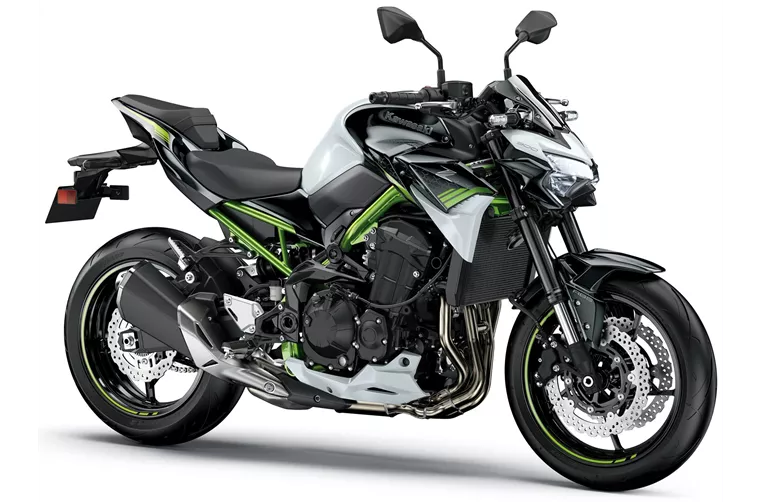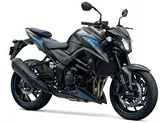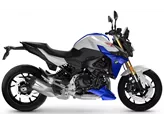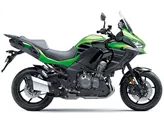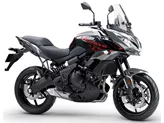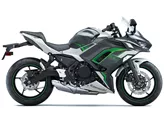Kawasaki Z900 2020 vs. Kawasaki Versys 650 2016
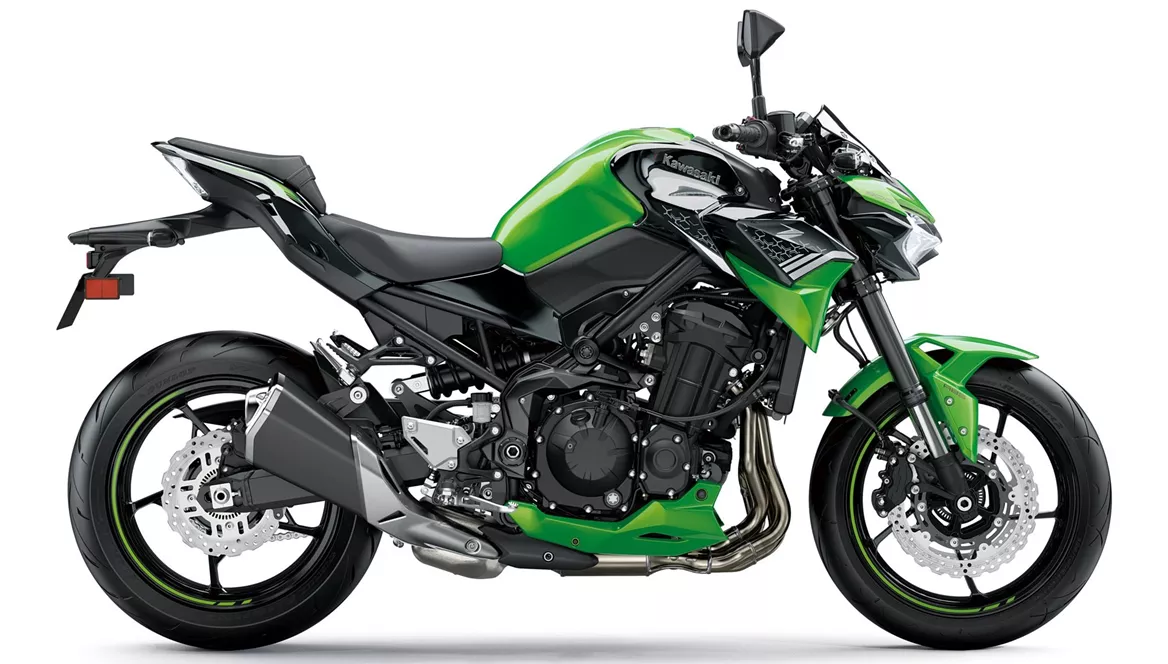
Kawasaki Z900 2020

Kawasaki Versys 650 2016
Overview - Kawasaki Z900 2020 vs Kawasaki Versys 650 2016
The Kawasaki Z900 2020 and the Kawasaki Versys 650 2016 are both motorcycles manufactured by Kawasaki, but they cater to different riding preferences and purposes.
Starting with the Kawasaki Z900 2020, it is a naked bike that offers a powerful four-cylinder engine with a displacement of 948cc. This engine produces an impressive 125.4 horsepower and 98.6 Nm of torque, providing exhilarating acceleration and top speed. The Z900 also features a liquid-cooled system to ensure optimal engine temperature during long rides.
In terms of handling, the Z900 excels with its upside-down telescopic fork front suspension and preload and rebound adjustments, allowing riders to fine-tune their riding experience. The steel frame provides stability and durability, while the double disk front brakes with four pistons offer excellent stopping power. The Z900 also features a 17-inch front and rear tire diameter, providing good traction and stability on the road.
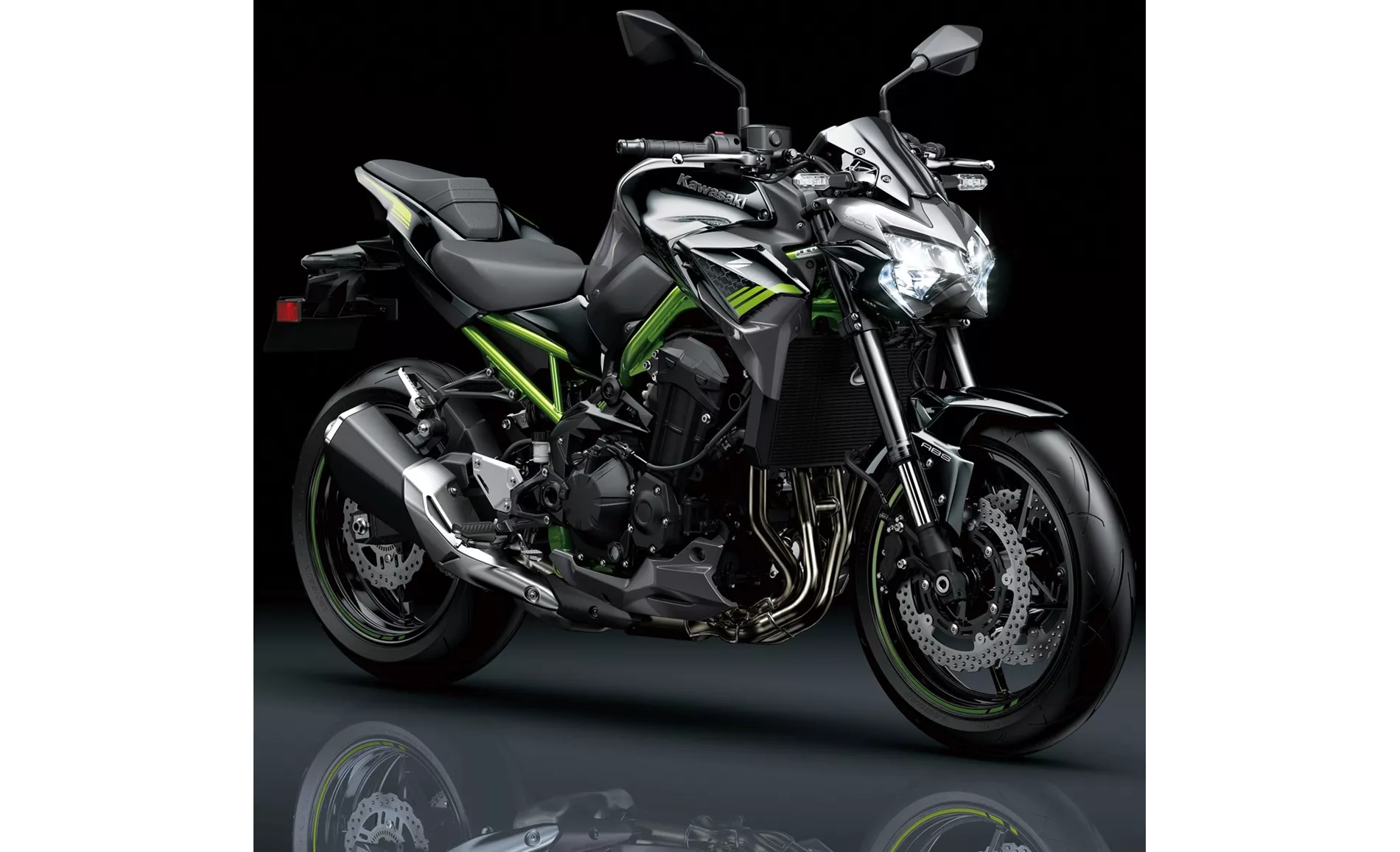
Kawasaki Z900 2020
One of the Z900's strengths is its aggressive and sporty looks, which appeal to riders who want a visually striking motorcycle. Additionally, the Z900 offers good value for money, considering its powerful engine and high-quality components. However, it does have a couple of weaknesses, such as a somewhat tiring menu navigation system and the absence of a quickshifter option.
On the other hand, the Kawasaki Versys 650 2016 is an enduro motorcycle designed for versatile use. It features a 649cc in-line twin-cylinder engine that produces 69 horsepower and 64 Nm of torque. While not as powerful as the Z900, the Versys 650 offers a wide range of use, making it suitable for both urban commuting and off-road adventures.

Kawasaki Versys 650 2016
Similar to the Z900, the Versys 650 has an upside-down telescopic fork front suspension with rebound adjustment, providing a comfortable and controlled ride. The steel frame ensures durability, while the double disk front brakes with double piston offer reliable stopping power. The Versys 650 has a 17-inch front and 160mm wide rear tire, which provides good traction on various terrains.
One of the strengths of the Versys 650 is its adjustable brake and clutch levers, allowing riders to customize their riding position for optimal comfort. The motorcycle also boasts a 21-liter fuel tank, providing a long range for extended rides. Additionally, the sporty look of the Versys 650 appeals to riders who want a visually appealing motorcycle. However, it does have a few weaknesses, including narrow handlebars, which may not suit riders with wider shoulders, and a somewhat sluggish performance in bends. The high seat height may also be a drawback for shorter riders.
In conclusion, the Kawasaki Z900 2020 and the Kawasaki Versys 650 2016 are both impressive motorcycles, but they cater to different riding preferences. The Z900 offers a powerful four-cylinder engine, great handling, and aggressive looks, making it suitable for riders who prioritize performance and style. On the other hand, the Versys 650 provides versatility, adjustable levers, and a sporty look, making it a good choice for riders who want a motorcycle that can handle various terrains and riding conditions.
Technical Specifications Kawasaki Z900 2020 compared to Kawasaki Versys 650 2016
Pros and Cons in comparison
Pros and Cons in comparison
Kawasaki Z900 2020
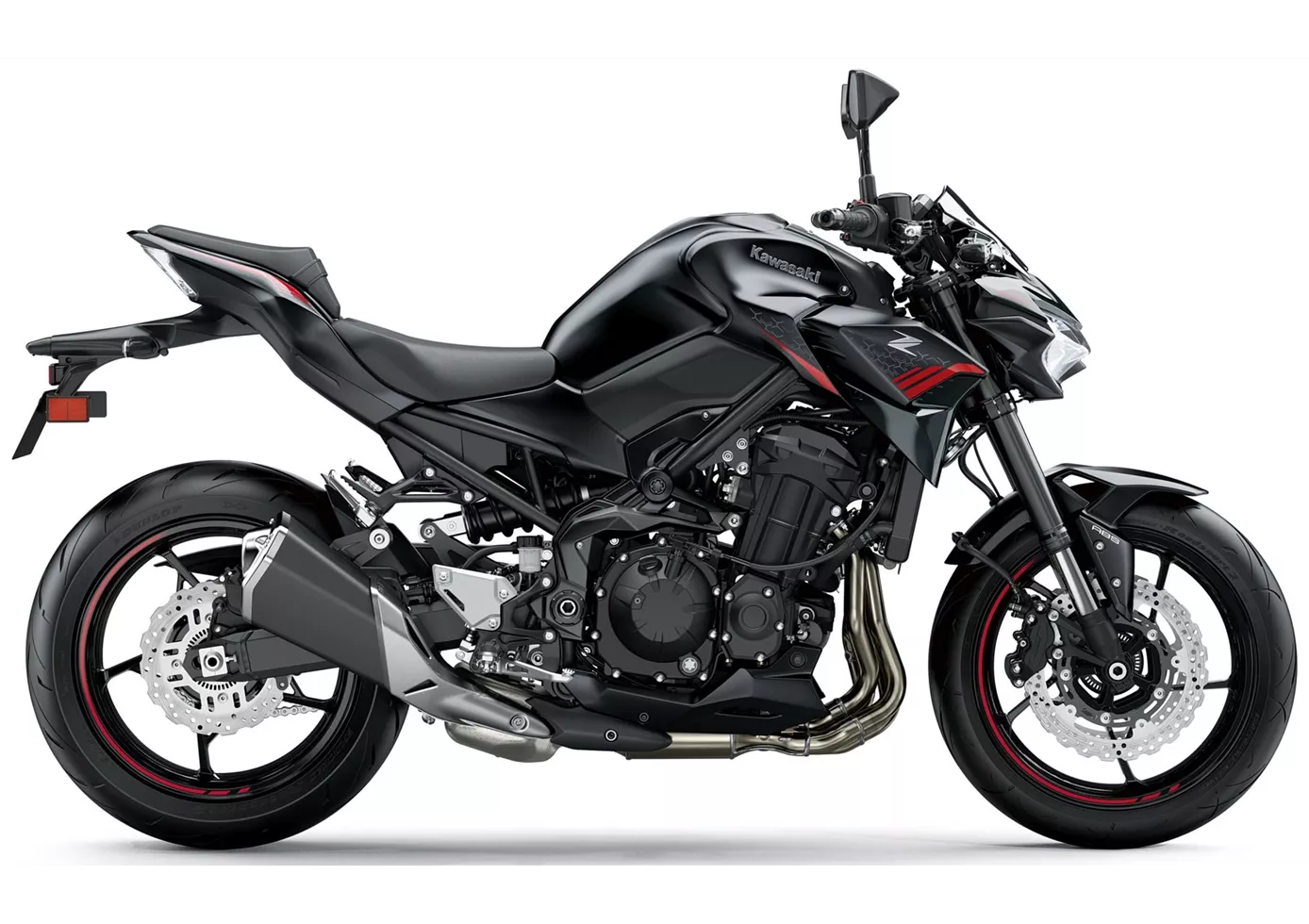
In terms of price-performance, the Kawasaki Z900 is hard to beat at the moment. With the perfectly tuned engine, the high-quality chassis components and the electronics added for 2020, this naked bike offers everything that sporty riders will be looking for. There is really nothing to complain about, even if the option of a quickshifter would have been a nice extra. Apart from that: great shot, Kawasaki!
Kawasaki Versys 650 2016

When it was first introduced, the Versys 650 was a refreshing, modern concept that combined lots of fun with a lively in-line two-cylinder engine, high everyday utility and a wide range of uses. In the meantime, it has a few years under its belt and, after the visual update, which is very successful, it also deserves a technical overhaul. While the tank should not shrink, a lower seat height would be desirable.
Price Comparison Avarage Market Price Kawasaki Z900 vs Kawasaki Versys 650
There are a few key differences between a Kawasaki Z900 2020 and a Kawasaki Versys 650 2016. In terms of price, the actual average price of a Kawasaki Z900 2020 is about 33% higher. Compared to Kawasaki Versys 650 2016 there are more Kawasaki Z900 2020 bikes available on the 1000PS.de Marketplace, specifically 34 compared to 10. It takes less time to sell a Kawasaki Versys 650 with 101 days compared to 124 days for the Kawasaki Z900. Since model year 2017 1000PS.de editors have written 46 reviews for the Kawasaki Z900 and 39 reviews for the Kawasaki Versys 650 since model year 2007. The first review for the Kawasaki Z900 was published on 11/11/2016 and now has more than 93,200 views. This compares to more than 3,900 views for the first review on Kawasaki Versys 650 published on 25/07/2006.
